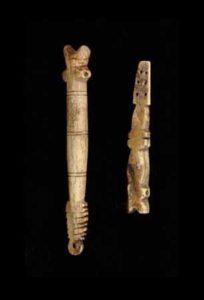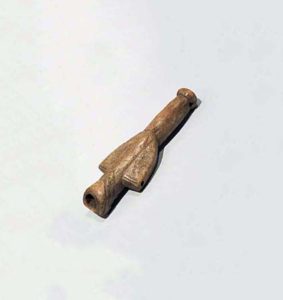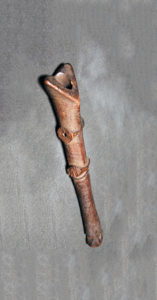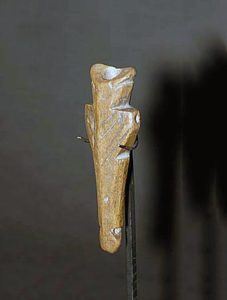Frafra
The Frafra are a subset of the Gurunsi peoples living in Northern Ghana. Their adopted name Frafra is a corruption from colonial times. The degree to which Frafra history differs from their neighbors, such as the Nuna, Bwa, and Winiamana, is linked to differences that arose during colonial times in the early part of the 20th century, as French and British colonial systems differed in their administrative practices. Today they have no internal system of chiefs, and all-important decisions are made by a council of elders, the oldest members of each of the village lineages. Religious leaders maintain some political authority, determining the agricultural cycle and parceling out of land for cultivation.
Frafra are primarily farmers, growing millet, sorghum, and yams. Maize, rice, peanuts, and beans are grown in addition to these staples. The women grow cash crops, including sesame and tobacco, which are sold in local markets. Men participate in hunting during the long dry season. This is important for ritual reasons, since it is during this time that men may interact with the spirits that inhabit the bush. The Frafra believe in a supreme creator and a shrine to this good occupies the center of every village. Each extended family maintains its own hut, in which the lineage magical objects are kept. These objects are inherited by the ancestors and are the communal property of the lineage, providing protection and social cohesion among all members of the family.
Source:
Frafra – Art & Life in Africa – The University of Iowa Stanley Museum of Art (uiowa.edu)




